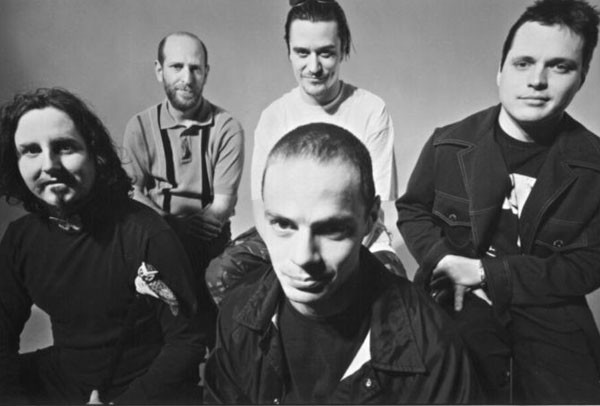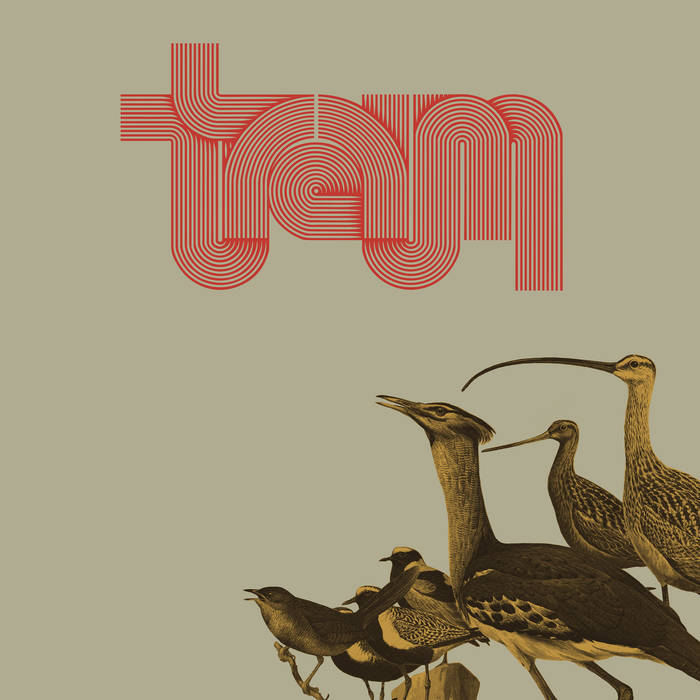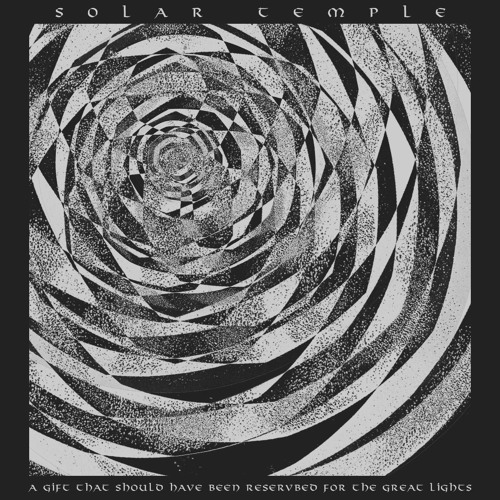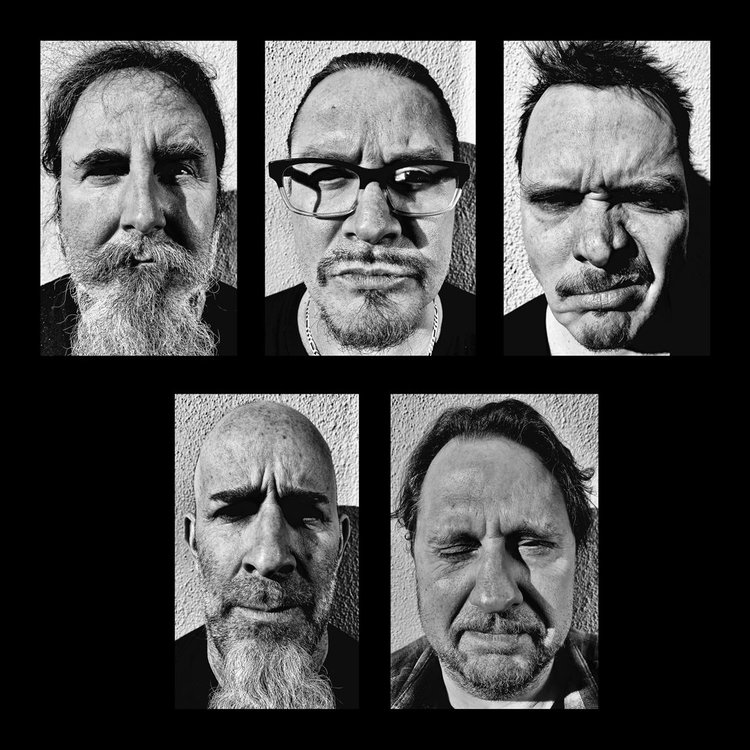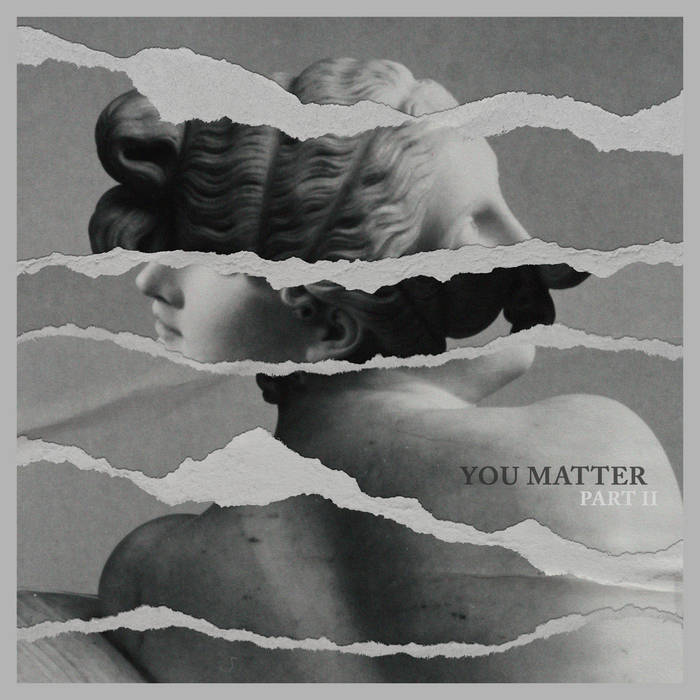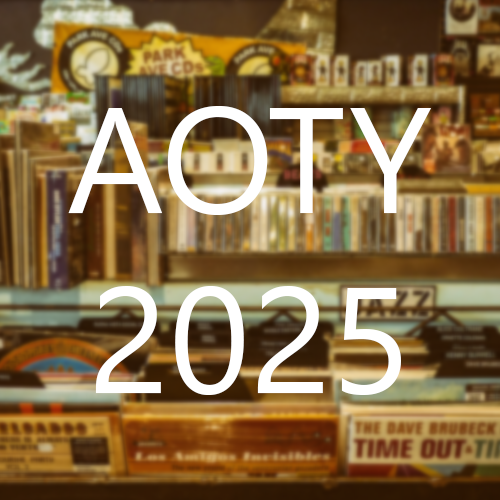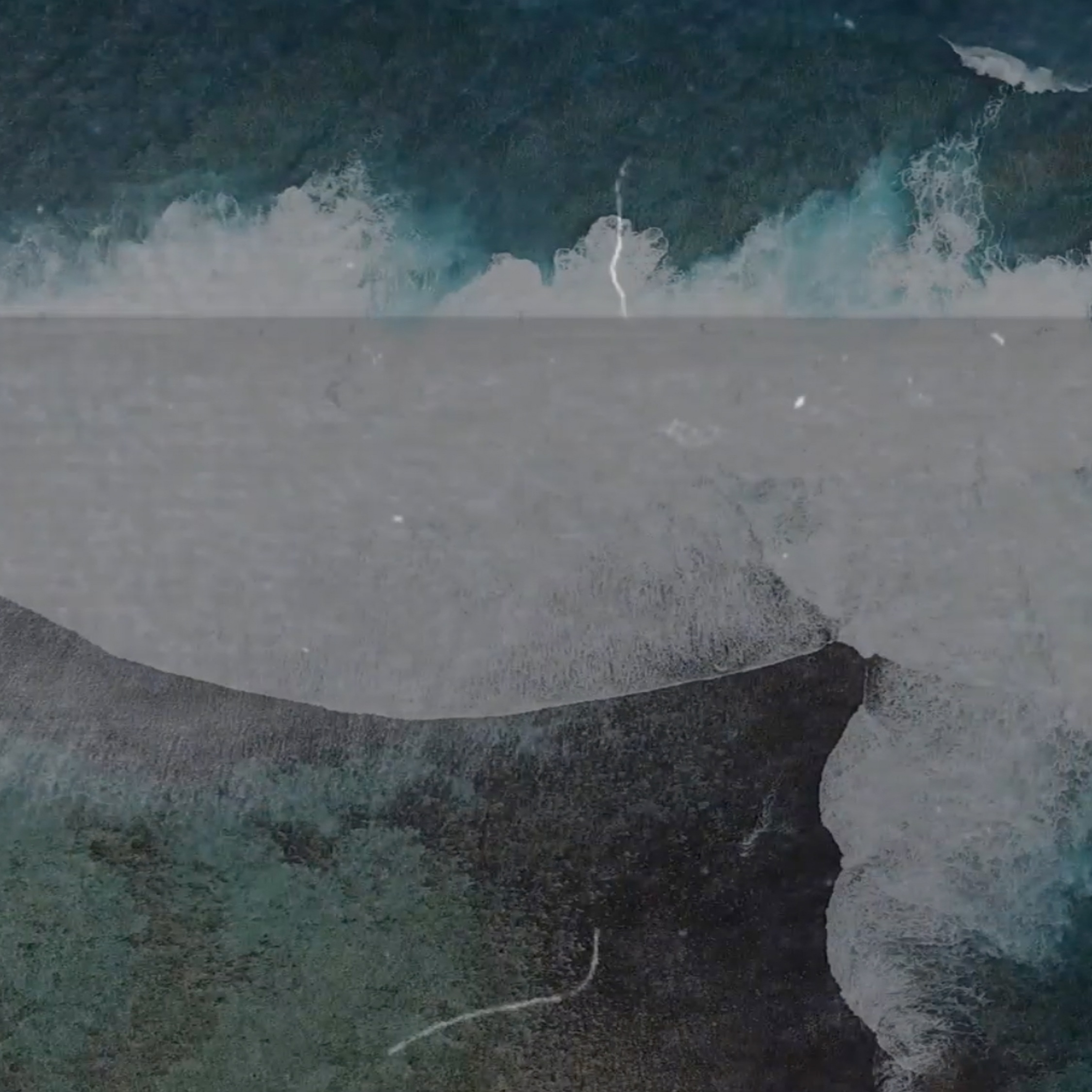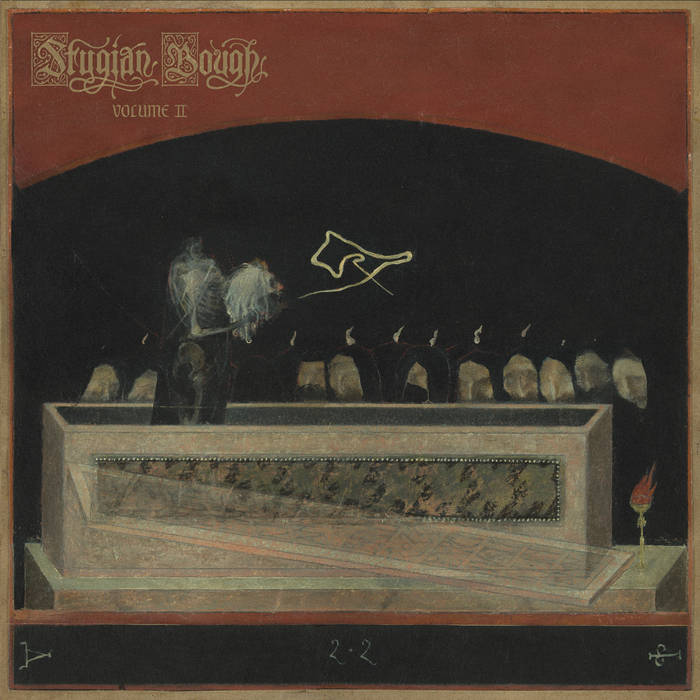We are always trying to come up with new content and also open to guest writers delivering first class articles. When William York and we got talking a few months ago, we quickly hit it off and it became clear, that he would write something very special for us. He knows a lot about the band, has interviewed several band members over the course of the last 20-some years and has been to see two concerts on the recent live runs. In this essay, he tries to come up with an answer what constitute the Mr. Bungle-experience and what their existence as such still means. As Mr Bungle is currently in Europe with their “Geek Show” we thought, it’d be cool to split up Will’s extensive and intensive texts into two parts.
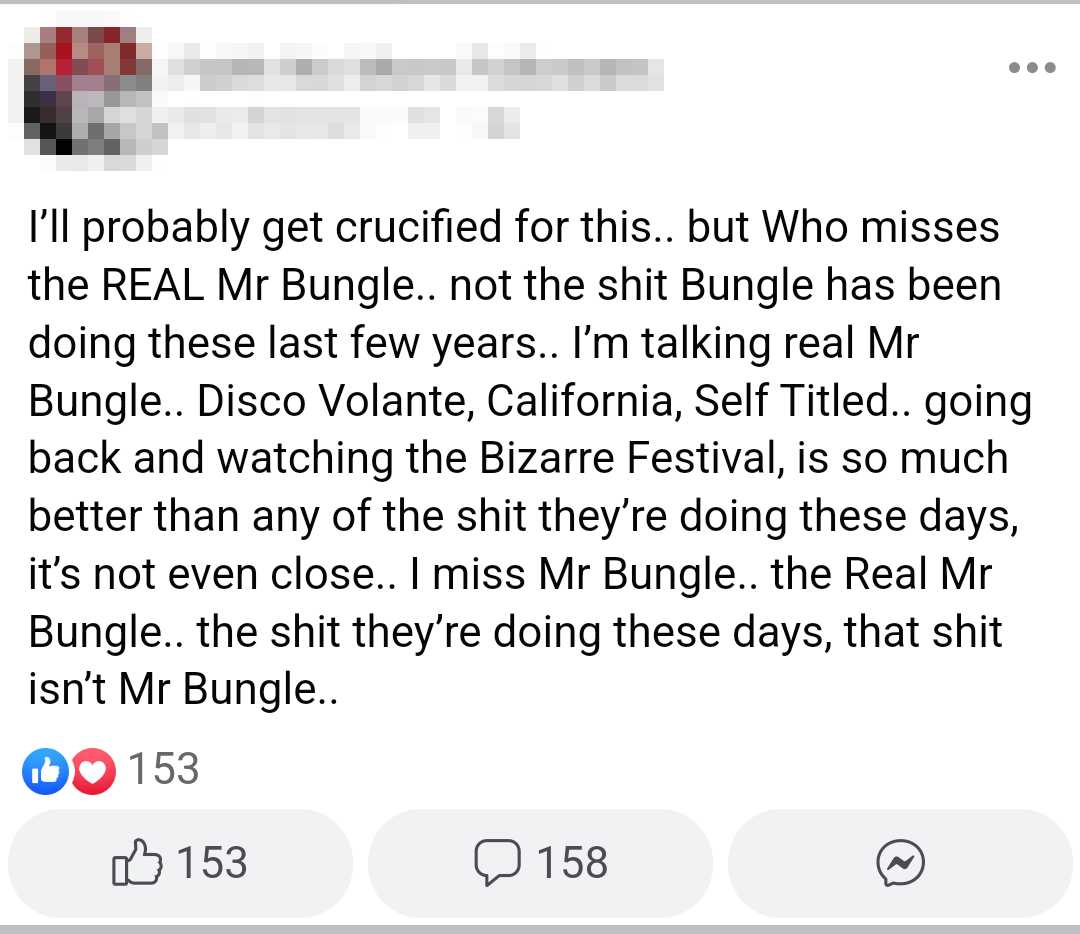
When Mr. Bungle first announced plans to re-form back in August of 2019, it was a plot twist that few of us saw coming.
That they’re still together in this incarnation nearly five years later is a plot twist that even the band couldn’t have seen coming.
Of course, the events of 2020 had a lot to do with that, with the entire planet more or less shutting down mere weeks after the band’s initial handful of shows in San Francisco, Los Angeles, and New York City that February. But even accounting for a more than two-year pause in activity (which also included a mental-health break for vocalist Mike Patton), this version of the band has had more and/or longer legs than anyone could have reasonably anticipated.
It is an odd premise when you think about it: assemble a Thrash-Metal supergroup for the ages (including Dave Lombardo on drums and Scott Ian on rhythm guitar), but strictly for the purposes of performing a batch of songs originally written and recorded when the original band members - Patton, guitarist Trey Spruance, and bassist Trevor Dunn - were still in high school. Songs that were obscure, if not entirely unknown, to all but the most hardcore of Mr. Bungle fans.
Yet the concept has proven surprisingly durable. By the time their European tour wraps up later this month, the “Easter Bungle” lineup will have brought the Raging Wrath experience to five continents and 12 countries. As for The Raging Wrath of the Easter Bunny Demo album itself, it debuted at number one on the Billboard Hard Rock Albums chart back in November of 2020. Even if the “Hard Rock” designation is a bit imprecise - and the competition isn’t what it would have been, say, 30 years ago - it’s still a telling sign. Mr. Bungle is more popular and more revered now than they’ve been at any point since the early ’90s, and possibly ever.
Having seen this version of the band twice - once last September in Baltimore, Maryland, and again last month in my hometown of Raleigh, North Carolina - I can attest to its potency. Even with all of its members in their mid-50s (or beyond), the quintet puts on a bona fide metal masterclass. If not for the obligatory change-of-pace covers (and Mike Patton showcases) sprinkled throughout the set—straight-faced covers of songs like Seals and Crofts’ “Summer Breeze” and Spandau Ballet’s “True” - you’d think they’ve been playing this kind of music full-time for decades. Okay, so maybe Lombardo and Ian have been doing so, but the longtime Bungle members have been off exploring all sorts of other musical directions for several decades at this point.
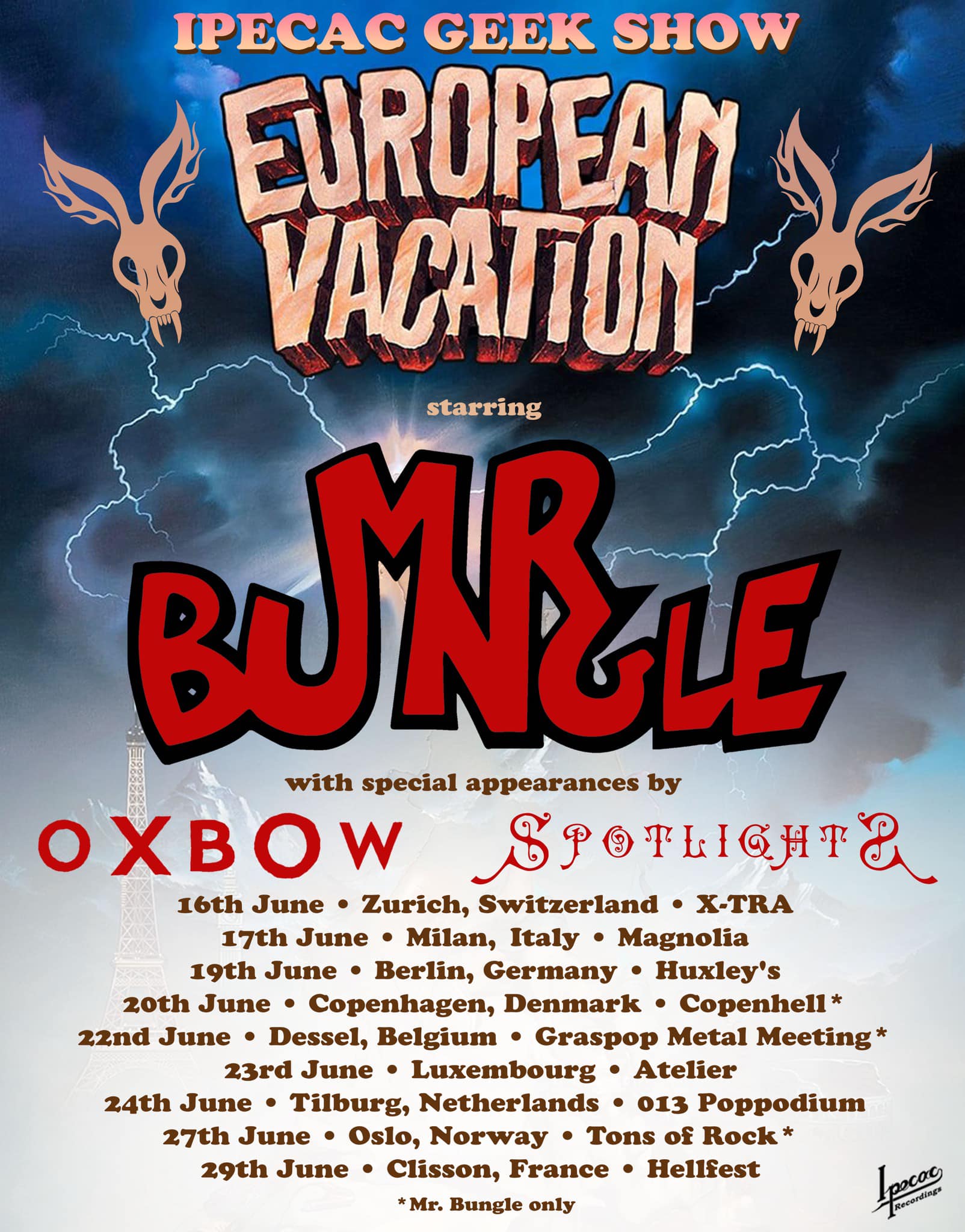
In that light, Spruance’s shredding guitar leads have been particularly mind-boggling, revealing an aspect of his playing that he’d been keeping bottled up since roughly 1986 (when the original Raging Wrath demo was released). It has been a treat to see him actually play the guitar for an entire set, as opposed to juggling guitar and keyboard duties as he did on previous tours. Indeed, the emphasis on live musicianship, unencumbered by samplers and other technical complications, has made the Raging Wrath shows more satisfying—at least from my perspective—than the ones from the California era. That was studio music; this is band music.
Yet the question remains: is this “the real Mr. Bungle”? If not, what is the real Mr. Bungle?
Certainly, perceptions of Mr. Bungle - both pro and con - vary widely. I was reminded of this recently when reading a section on carnivalesque metal in the recent anthology Black Metal Rainbows (PM Press, 2023). “Mr. Bungle in particular a sort of ground zero for circus rock in the modern era,” writes author Daniel Lukes, “influencing Korn and nu metal…, System of a Down, and Slipknot and their various offshoots and soundalikes.” He meant that as a compliment, though others might not see it that way. Regardless, that era of the band - encompassing their later, post-Raging Wrath demos and ultimately their self-titled debut album from 1991 - represents just one of several distinct periods in the group’s history. As Lukes himself notes, there’s nothing particularly circus-like about 1995’s Disco Volante (which is more haunted mansion than demented circus carnival) or 1999’s California.
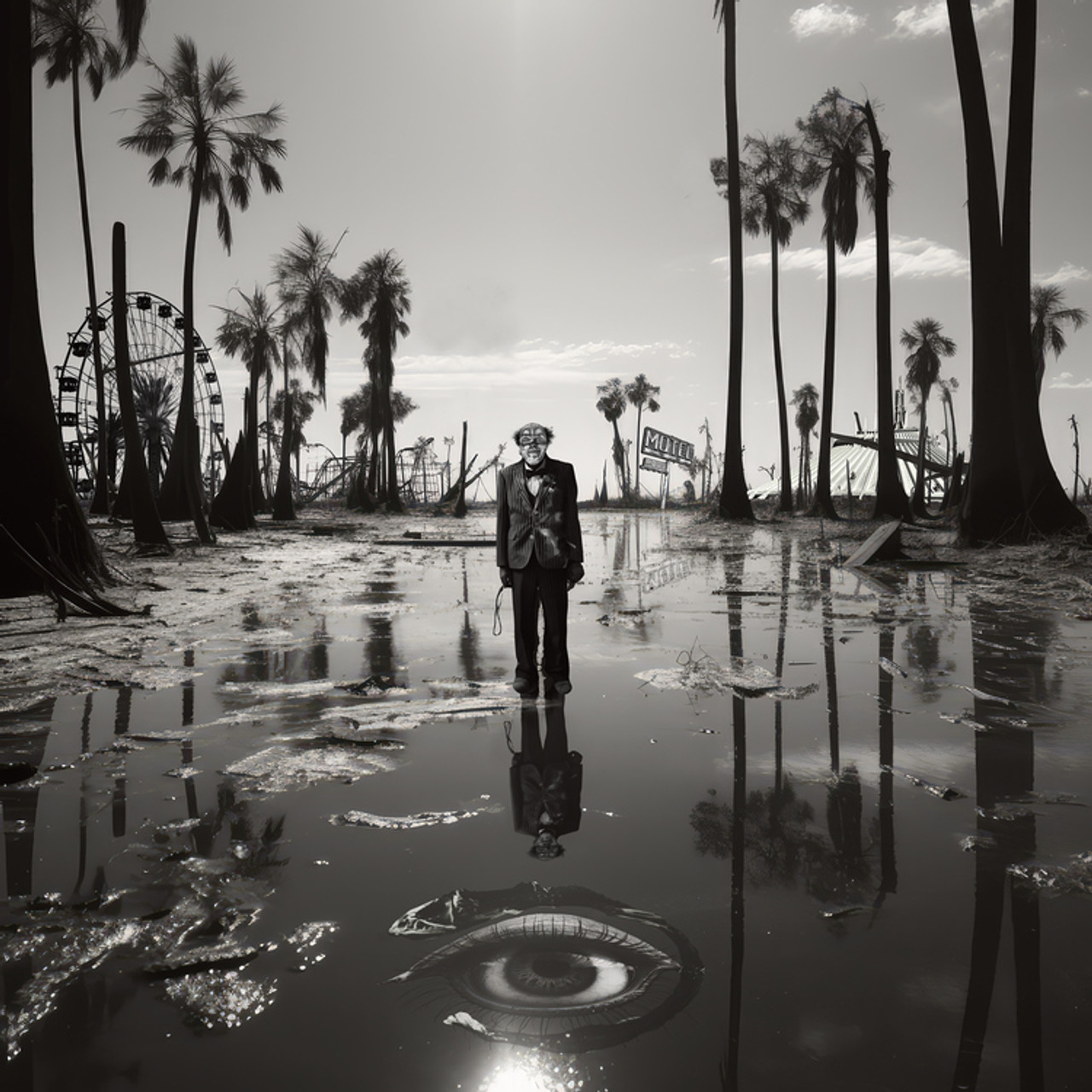
In a timely development (at least for the purposes of this article), those three albums are getting the deluxe reissue treatment this year via Rhino Records. Entitled Quote Unquote: 1991-1999, the forthcoming box set includes the entirety of the group’s official output for Warner Bros (plus a couple of previously unheard bonus tracks), spread across six LPs. The set’s cover art manages to convey a sense of thematic unity, combining elements from each of the original album covers: the beleaguered clown figure from the self-titled album, the eyeball from Disco Volante, and the palm tree motif from California. The setting is an abandoned theme park, another callback to the dark carnival theme of the first album. The palm trees are wilting.
It’s a compelling design that goes a long way towards setting the scene, at least psychologically speaking. And regardless of whether the aforementioned thematic unity was conscious at the time - back when the records were originally being made - or whether it was discerned with the benefit of hindsight, it’s clear that a lot of thought went into the design. Because from a purely musical perspective, it’s still hard to pin down precisely what those three albums have in common. Yes, there is a certain hyperactive, disruptive quality that runs through it, an unwillingness to settle into anything resembling a groove or a predictable pattern for too long. (It’s this quality, or something that like it, that people tend to have in mind when they describe another band’s music as “Bungle-ish.”) Stylistically, though, it’s a long way from “Egg” to “Retrovertigo,”, “Dead Goon” to “Pink Cigarette.” And it’s not as if the middle album, Disco Volante, offers any sort of obvious bridge between the other two. In fact, the one thing they have in common is that each album represented - at least on the surface - a drastic departure from what had come before.
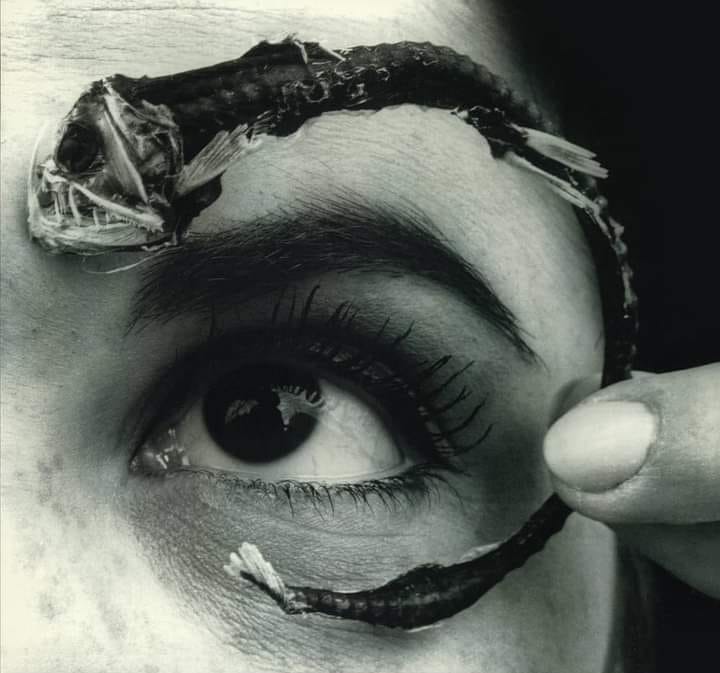
This shapeshifting tendency carried over into the group’s live performances from the respective eras. On the Disco Volante tour, only one song from the self-titled album (“Travolta”) routinely made it onto the setlist - a source of frustration for many fans. “They only played 6 songs that I remember, none off the old CD,” lamented one concertgoer after a December 1995 show in Seattle. “Between every song, they would go off and play some improve [sic] shit that would last for 10-15 minutes. I just wanted to hear SONGS, not noise.” They weren’t quite so stingy on the California tour: most nights they’d play a couple of songs apiece from both previous albums, but often in deconstructed versions that were as much crowd-baiting than crowd-pleasing. In this regard, the current tour is not all that different. The one song from their Warner Bros. albums that has been part of the repertoire, “My Ass Is on Fire”, is played in a truncated version that segues into an old Pepto-Bismol jingle.
The point is, Mr. Bungle has done this kind of thing before, abruptly changing musical directions while leaving some of their old fans disappointed in the process. Moreover, they’ve never made a habit of going out and “playing the hits,” and they certainly don’t take requests. From a showbiz perspective, this could all be seen as disrespectful to the audience. “They’re paying customers,” goes this line of thinking, “so you should give them what they want.” I would argue that it’s actually the other way around - that their unwillingness to pander is a sign of respect.
I was a little late to the party - I didn’t “discover” Disco Volante until 1998—and I was never more than an occasional lurker on the infamous Caca Volante lister, where the above concert review was posted. Still, it didn’t take long to grasp that there was something…different about the dynamic within this fanbase. There were multiple factions, including the Patton fanatics (often Faith No More diehards who somehow held out hope that Mr. Bungle would create the sequel to FNM’s “Epic”), the John Zorn contingent, the Disco Volante enthusiasts, and so on.
I don’t know how to access any of those old Caca Volante threads, but the concert reviews from the Disco Volante tour (also offline, but still accessible via archive.org) paint a vivid enough picture. “First off I want to say that the people by me.…SUCKED,” wrote one fan after a show in Athens, Georgia. “One guy left the show practically crying because they wouldn’t play anything (meaning songs off of Mr. Bungle).” “I kept hearing people yelling for old stuff,” reported another fan after a show at the Opera House in Toronto. “The thing is, the band is evolving and progressing and those people who like Bungle because of Faith No More or “Girls of Porn” probably like them for the wrong reasons.” Another fan - this one in Chicago - was even more blunt: “BE PREPARED TO HEAR MUSIC WITHOUT WORDS. IT EXISTS.”
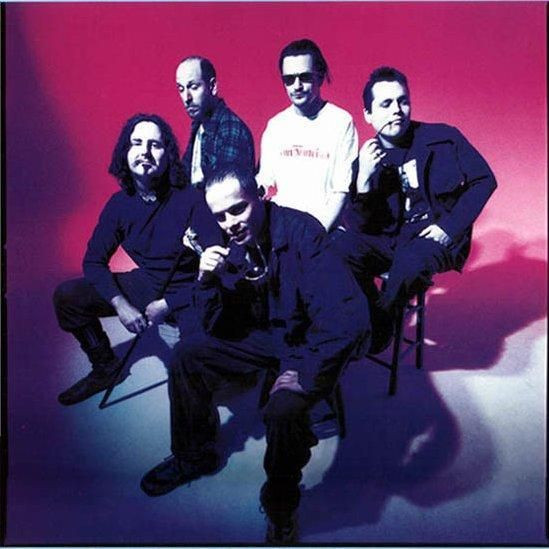
This dynamic was such a big part of the Bungle experience that one could be forgiven for thinking it was the whole point. “I’m sure it was before I was even in the band,” drummer Danny Heifetz told me in a 2016 interview, “but one of Bungle’s first catchphrases was ‘Aim to Confuse.’” One can certainly see how such a motto could apply to, say, the prolonged silence at the beginning of Mr. Bungle, or the variety of pseudonyms and aliases listed in the credits to the first two albums, or the abrupt transitions within songs such as “Phlegmatics” and “Merry Go Bye Bye”. At the same time, it’s possible to overdo it on this point, by supposing that toying with listeners’ expectations is somehow the primary goal. “I like to put into question the issue of thwarting expectations,” notes writer and Bungle scholar Luis Misiara. “It’s definitely there, no two ways about it. But are they setting out to troll people, or are they setting out to enjoy themselves? I think it’s more of the latter.”
This assessment meshes with a comment from saxophonist/utility man Bär McKinnon - who, like Heifetz, currently lives in Australia - in an interview Carl King. As he put it in this interview: “We did enjoy making people uncomfortable (the way young men are known to do) but even more we enjoyed cool sounds and music that wasn’t either easily digested or understood.”
Spruance has also echoed this point. “That part of the Mr. Bungle thing has always been very pure, in the sense of being not affected by what our impact on anything is gonna be,” he told me in an interview from 2005. “It’s not a matter of just stupidly alienating people. It’s doing what the hell you wanna do. As a listener and as a music fan, you want to be able to appreciate that about the musicians you’re listening to - that they’re gonna do what they want to do. It’s impossible to enjoy it otherwise, I think.”
In other words, the confusion was never really the aim; it was more of a bonus, a byproduct of the sort of intuitive consensus guiding the band’s decisions. And regardless of how inscrutable that process may appear to outsiders, it’s something that Spruance made a point of emphasizing even at a time when he and Patton were not communicating with each other. “I mean, there was a general agreement on what the next record should be like,” he told me in 2005. “We always knew. There were never any disagreements on the general direction.”
Coming home
If this month’s European tour is indeed the end of the line for Mr. Bungle, then the Raging Wrath material will have been the first and last thing they ever did - bookending three albums (and eras) that are as different from this one as they were from each other. The real Mr. Bungle, I would argue, encompasses all of these facets without being reducible to any of them.
Apart from actually bringing Mr. Bungle back to life as a functioning band, the recent incarnation has also helped cast a different light on the group’s discography and overall legacy. Prior to 2020, the original Raging Wrath demo was generally regarded as a footnote, an almost prehistoric relic. Granted, the subsequent demos (Bowel of Chiley, Goddammit I Love America!!!, and OU808) contain some forgettable - even regrettable - moments, but each of them also yielded songs that would make their way onto the self-titled album. In that sense, they were part of the “official story” in a way that the Raging Wrath era was not. By reviving this music, Mr. Bungle is telling us that, no, this music wasn’t just a footnote; it’s an important part of their collective musical DNA.
And if Mr. Bungle does end up doing anything else after this, it will be because of their recent activities and not in spite of them. Cliché as it might sound, this exercise in reconnecting with their roots might have been the only thing that could have brought the Patton/Dunn/Spruance triumvirate back together after all those years.
No one (including, I suspect, the band members themselves) knows whether there will be another chapter in the band’s story. As a listener, it’s an interesting sort of thought experiment to imagine what such a thing might sound like - although it’s safe to say that it wouldn’t be a mere rehash of either the Easter Bunny material or any of the ’90s albums.
One thing’s for certain though: if it does happen, you can rest assured that there will be fans out there clamoring for the “real Mr. Bungle” - you know, the one with Dave Lombardo and Scott Ian in it.
… To be continued. Soon.
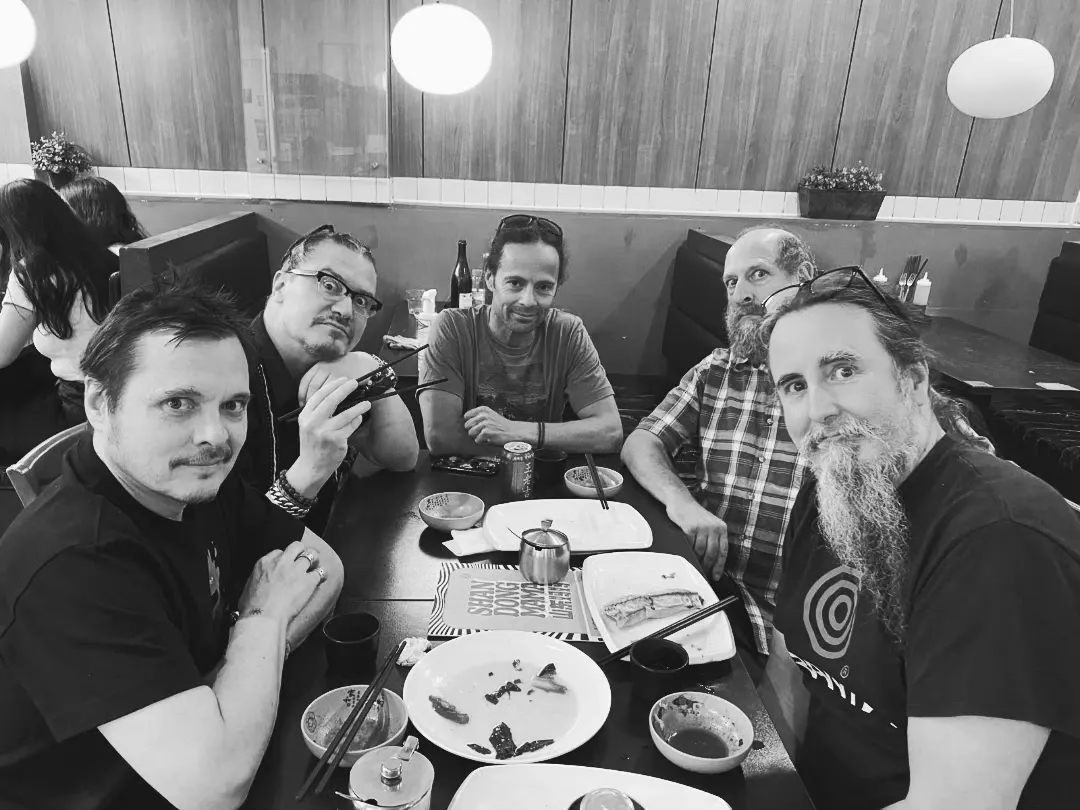
Will York is the author of Who Cares Anyway: Post-Punk San Francisco & the End of the Analog Age (available from Headpress) and hosts the Who Cares Anyway Podcast.
Related interviews:
Veil of Sound interviewing Bär McKinnon
Veil of Sound interviewing Michael Crain on Dead Cross
Veil of Sound interviewing C*NTS, also on Ipecac

